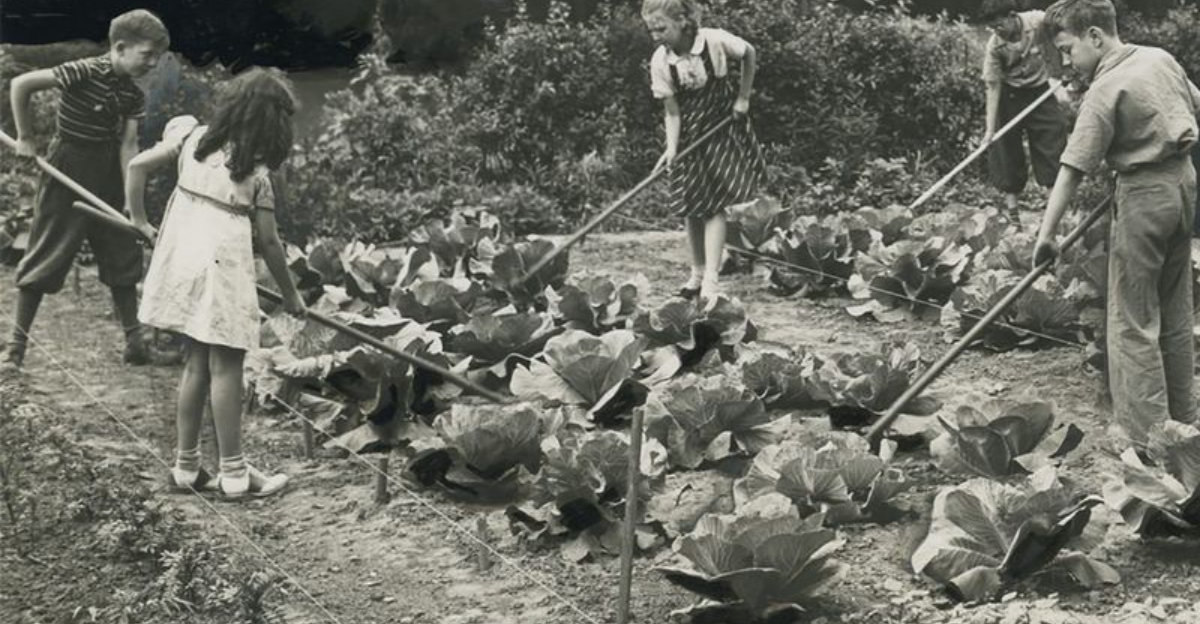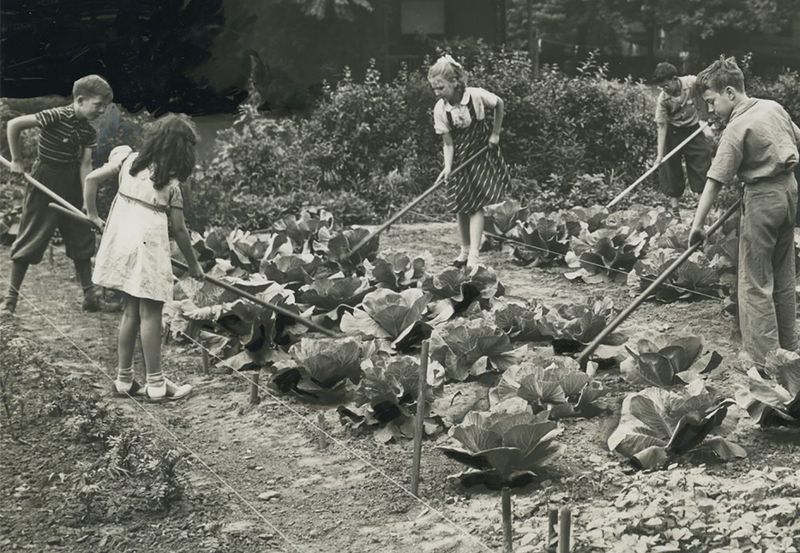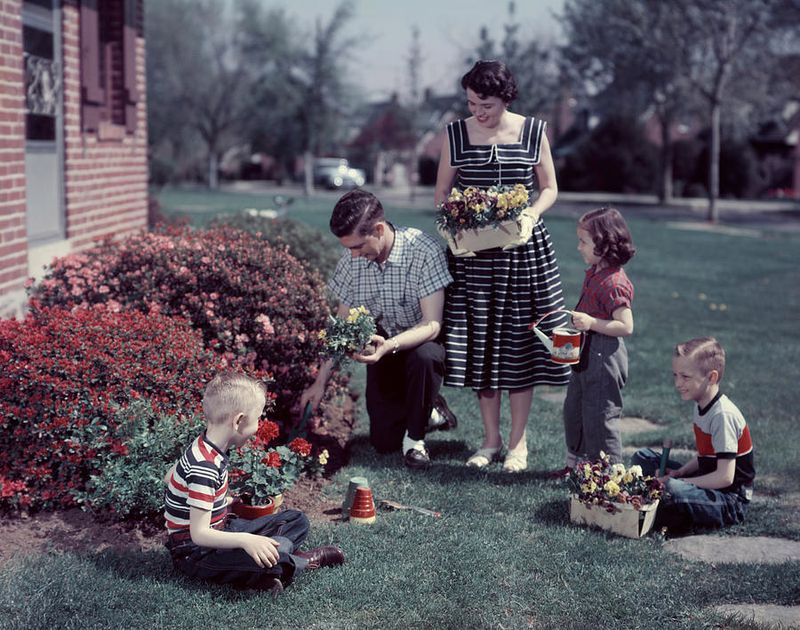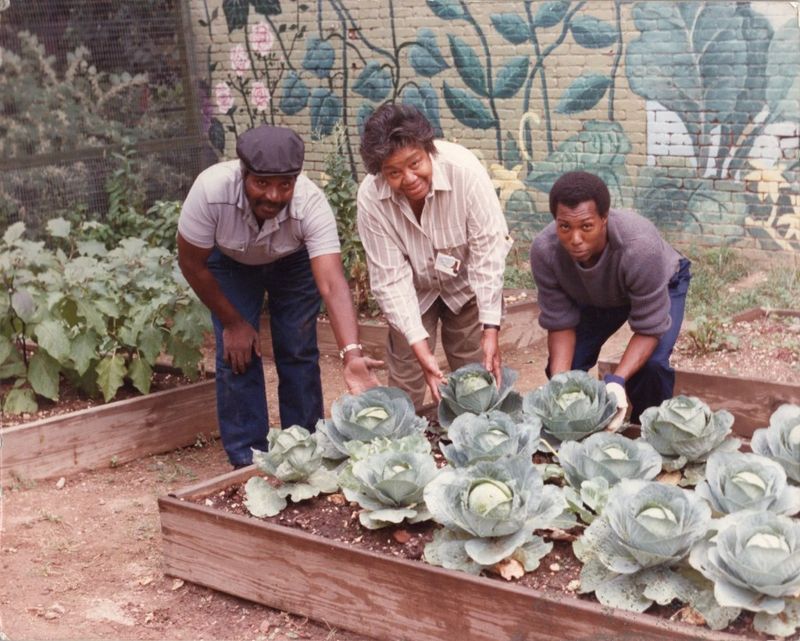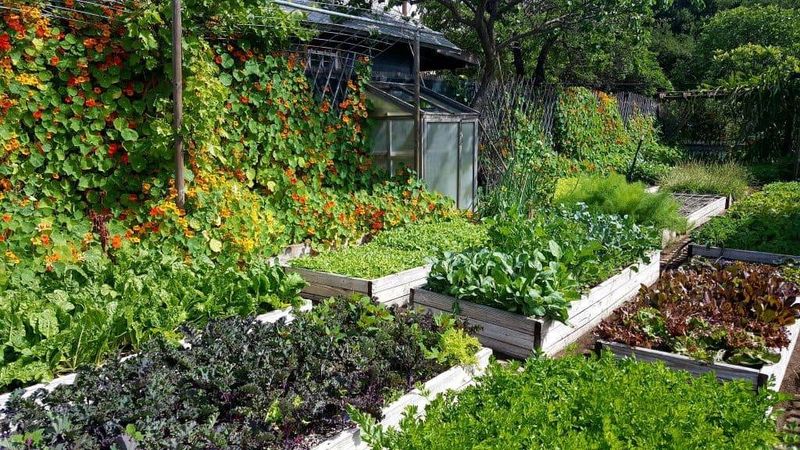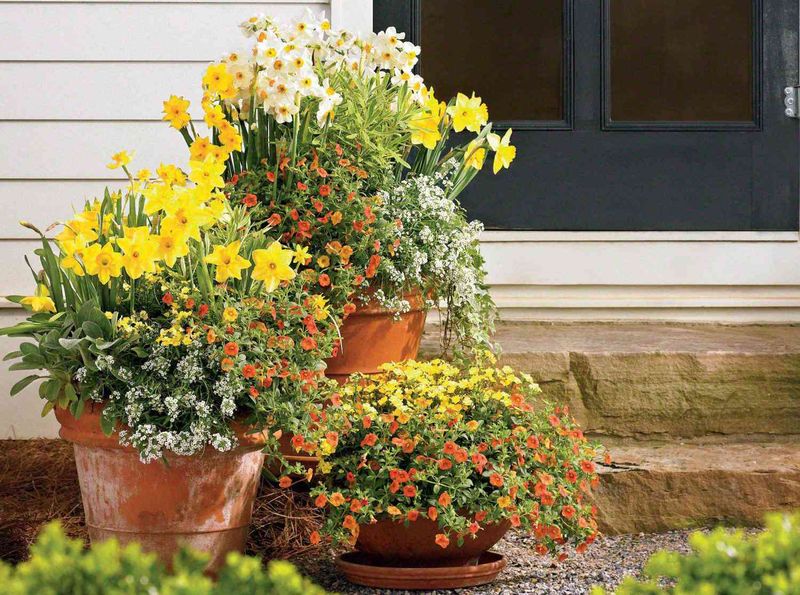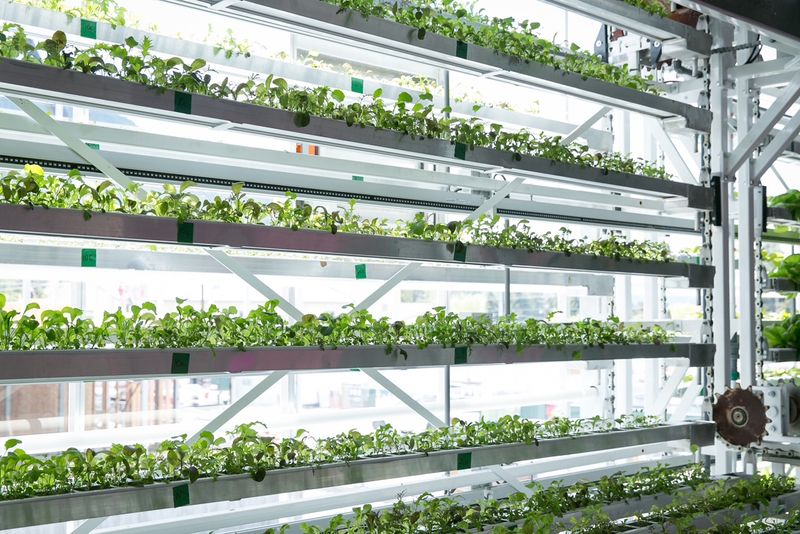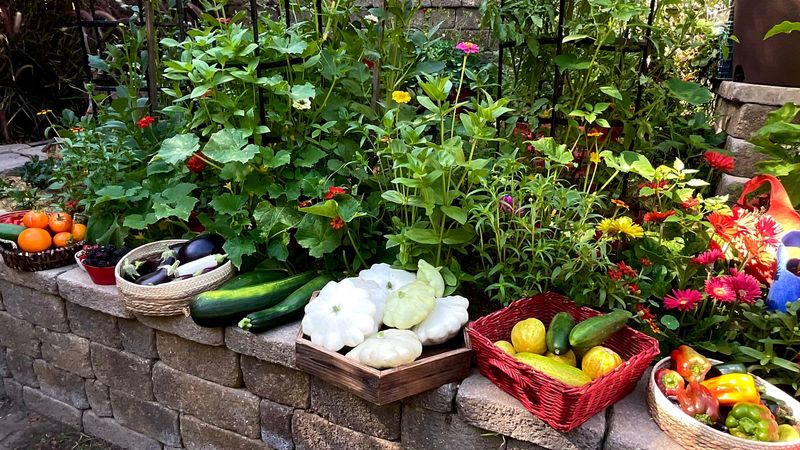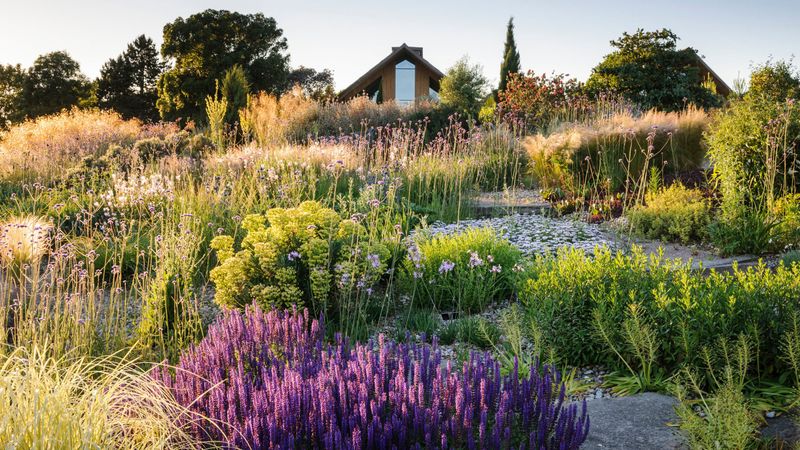The world of gardening has seen remarkable transformations over the decades, reflecting shifts in culture, technology, and sustainability. From the community-driven victory gardens of the past to the innovative vertical beds of today, gardening continues to adapt and evolve. Join us as we explore ten key developments that highlight how gardening has changed, offering a unique glimpse into the past and present of this timeless pursuit.
Victory Gardens (1940s)
During World War II, people were encouraged to grow “Victory Gardens” to support the war effort. These gardens became symbols of self-reliance and community spirit. Families cultivated vegetables and herbs in backyards, empty lots, and public parks.
The notion was simple: every citizen could contribute to the war effort through their garden. Victory Gardens were practical but also served as a patriotic gesture, boosting morale.
By the end of the war, these gardens produced nearly 40% of all vegetables grown in the U.S. They are a testament to human resilience and ingenuity.
Suburban Lawns (1950s)
The 1950s saw the rise of the suburban lawn as a status symbol. Green, manicured lawns became an American ideal, representing prosperity and stability. Lawn care became a weekend ritual, with families mowing, seeding, and watering to maintain the perfect green carpet.
This era ushered in widespread use of chemical fertilizers and pesticides, reflecting a growing reliance on convenience products.
Despite the environmental impact, the suburban lawn has persisted as an emblem of the American dream, though modern trends are shifting towards more sustainable practices like xeriscaping and native plant gardens.
Organic Movement (1970s)
The 1970s brought a renaissance in organic gardening, driven by a desire to return to natural methods. This movement was a reaction against synthetic fertilizers and pesticides, emphasizing composting, crop rotation, and biodiversity.
Gardeners started embracing heirloom varieties, preserving genetic diversity and flavor. The organic movement fostered a deeper connection with the earth, encouraging thoughtful cultivation.
Though initially viewed as a counterculture trend, organic gardening gained mainstream appeal. It laid the groundwork for today’s sustainable practices, proving that nurturing the land naturally can be both productive and fulfilling.
Community Gardens (1980s)
Emerging in the 1980s, community gardens became urban oases, offering city dwellers space to grow their food. These gardens fostered community bonds and provided access to fresh produce in food deserts.
Plots were tended collectively or individually, depending on the garden’s structure. Community gardens became educational hubs, teaching sustainable practices and environmental stewardship.
They also offered therapeutic benefits, serving as peaceful retreats amidst urban chaos. Today, community gardens continue to thrive, reflecting the enduring value of shared green spaces and cooperative efforts in urban settings.
Permaculture (1990s)
The 1990s saw permaculture rise as a holistic approach to gardening, focusing on ecosystems and sustainable living. Permaculture integrates land, resources, and people to create harmonious, self-sustaining environments.
Gardeners began designing landscapes that mimicked nature, utilizing techniques like companion planting and natural water management. This era emphasized the importance of ecological balance, seeking to minimize human impact on the environment.
Permaculture gardens became a haven for biodiversity, showcasing the potential for human and nature to coexist beautifully. Today, permaculture principles continue to inspire sustainable practices worldwide.
Container Gardening (2000s)
The 2000s embraced container gardening, perfect for urbanites with limited space. Growing plants in pots, tubs, and hanging baskets allowed gardening in apartments, patios, and rooftops.
This style offered flexibility, enabling gardeners to rearrange plants with ease and adapt to changing conditions. Container gardening brought greenery to otherwise sterile environments, promoting well-being and aesthetics.
It also expanded plant choices, as gardeners experimented with herbs, vegetables, and ornamentals. Today, container gardening remains popular, illustrating that even small spaces can yield abundant, thriving gardens.
Hydroponics (2010s)
In the 2010s, hydroponics soared in popularity, representing a leap in gardening technology. This soil-less method grows plants in nutrient-rich water, offering efficient use of space and resources.
Hydroponics supports year-round cultivation, with systems in homes, greenhouses, and urban farms. This technique reduces water usage and eliminates soil-borne pests, aligning with sustainability goals.
Urban agriculture embraced hydroponics, transforming rooftops and warehouses into green havens. As technology advances, hydroponics continues to redefine possibilities, paving the way for innovative, sustainable food production in urban areas.
Heirloom Revival
Heirloom gardens celebrate plant varieties passed down through generations, cherished for unique flavors and resilience. This revival appreciates genetic diversity, offering alternatives to commercial hybrids.
Gardeners indulge in cultivating rare vegetables and fruits, delighting in vibrant colors and historical ties. Heirloom seeds preserve heritage, telling stories of cultural and agricultural evolution.
In an era of uniformity, heirloom gardens stand as a testament to biodiversity’s charm. Embracing heirlooms means treasuring the past while nurturing the future, a delicious journey of discovery in every bite.
Sustainable Practices
Sustainable gardening practices focus on minimizing environmental impact while maximizing productivity. Techniques like rainwater harvesting, composting, and solar energy integration foster eco-friendly gardens.
Today’s gardeners prioritize soil health, using cover crops and organic amendments to sustain fertility. This approach enhances resilience against climate change, reducing reliance on chemical inputs.
Sustainable gardening reflects a holistic view, where every action supports ecological balance. The garden becomes a living system, harmonizing with nature’s rhythms, showcasing that nurturing the earth can be both responsible and rewarding.
